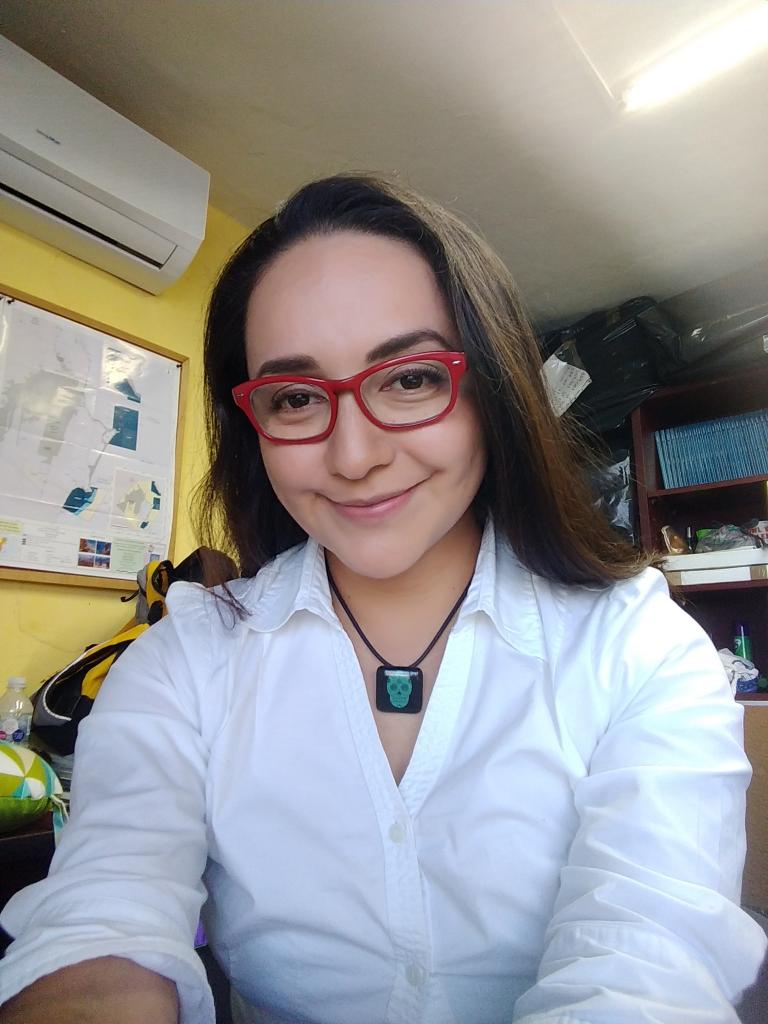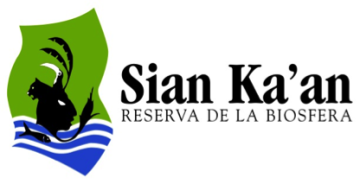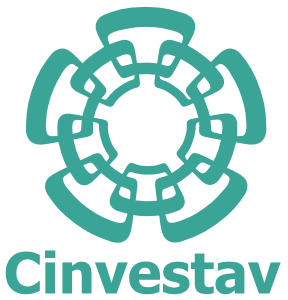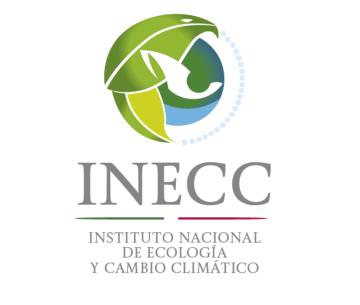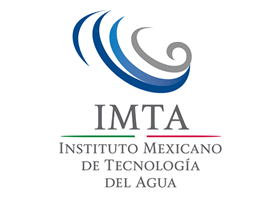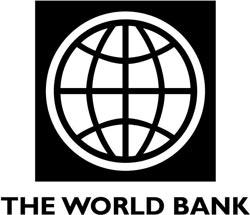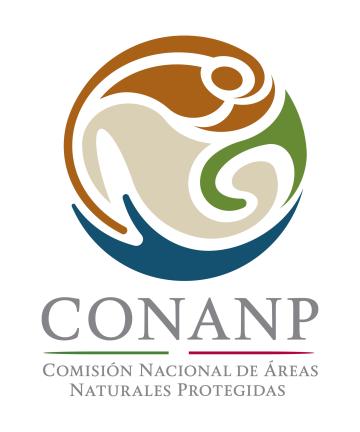
Restoration of mangroves in the Sian Ka‘an biosphere reserve
The Sian Ka’an biosphere reserve features mangroves and marshland. The once extensive stands in the reserve have, however, been severely depleted. A road constructed across the reserve improved access to the reserve but hindered water flow within the mangrove stands, leading to a large scale degradation of mangroves. The restoration programme uses the framework of an ecosystem-based approach to climate change adaptation to restore the original state of ecological conditions.
Contexte
Challenges addressed
- Declining fish stocks
- Degradation of mangrove stands
- Loss of carbon storage
- Economic impacts due to climate change
Emplacement
Traiter
Summary of the process
Building Blocks
Study on healthy ecological conditions
A study provides information about the ecological structure of healthy mangrove stands and the original conditions of hydrological flow at the site.
Enabling factors
tba
Lesson learned
tba
Monitoring and evaluation
A science-based monitoring protocol for hydrological, chemical and biological parameters enables the detection of changes over time, thereby increasing the effectiveness of restoration actions.
Enabling factors
tba
Lesson learned
tba
Mangrove restoration
Following the restoration of the hydrological flow, mangroves species able to cope with the altered hydrological conditions are planted. This increases the chances that restoration activities will be successful.
Enabling factors
tba
Lesson learned
tba
Involvement of stakeholders
Workshops involving representatives of government agencies, academia and local communities contribute to an increased awareness of the programme and its management practices. The feedback provided by stakeholders helps to improve adaptation measures.
Enabling factors
tba
Lesson learned
tba
Communication and dissemination
Information on the project activities is disseminated to promote best management practices and facilitate their replication in other reserves.
Enabling factors
tba
Lesson learned
tba
Impacts
Moreover, to set up efficient programmes of mangrove restoration and conservation knowledge is needed on their ecological characteristics and dynamics, actual conditions and sources of impacts to which they have been subdued. Restoration of degraded mangrove areas is of current interest, particularly with regard to the overall goals of habitat restoration, ecosystem service preservation and climate change mitigation. The project strives to restore the ecosystem services that are provided by the mangrove ecosystem and to contribute to the reduction of greenhouse gases through carbon dioxide capture.
Beneficiaries
Local fisherfolk and tourism operators as well as tourists.



